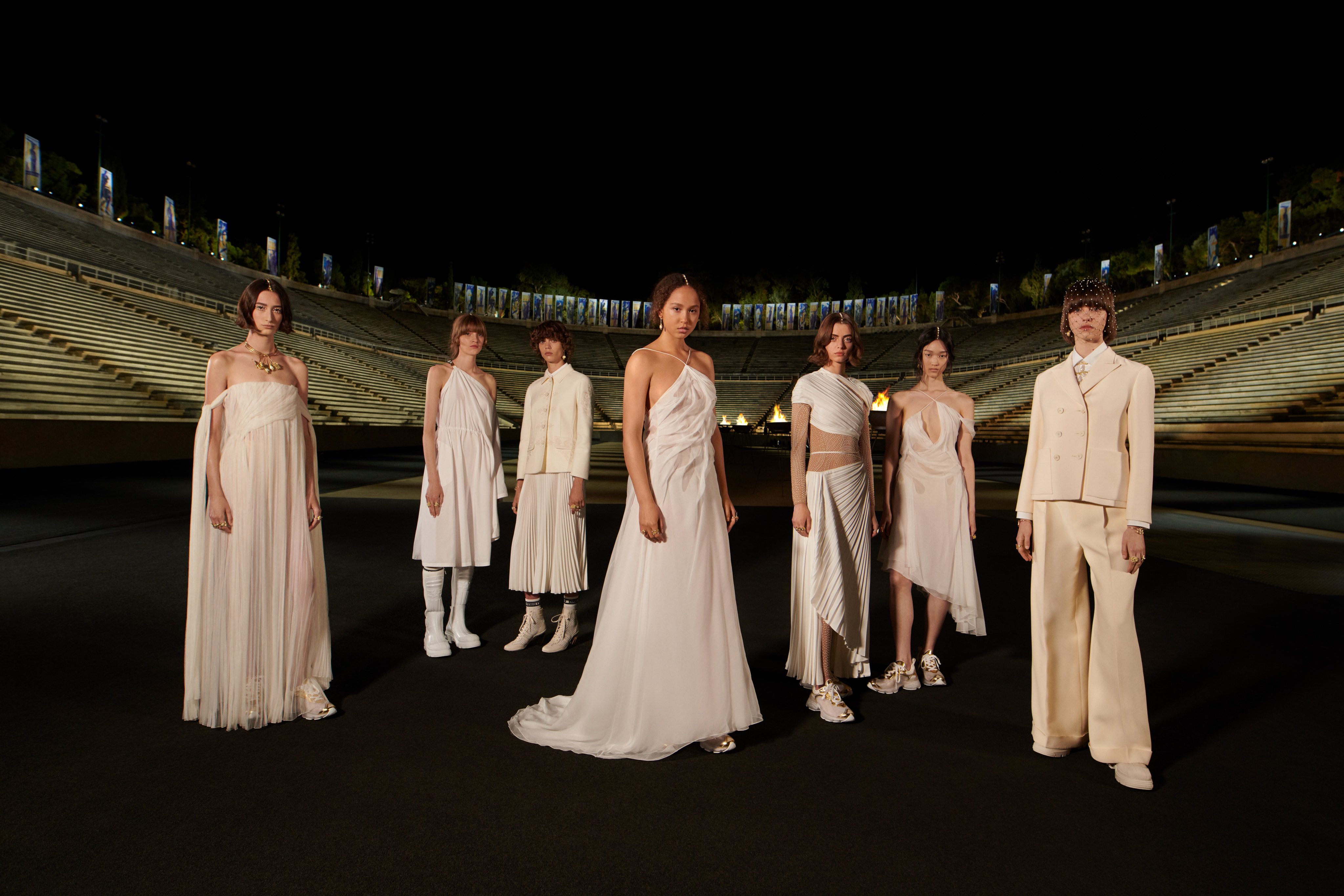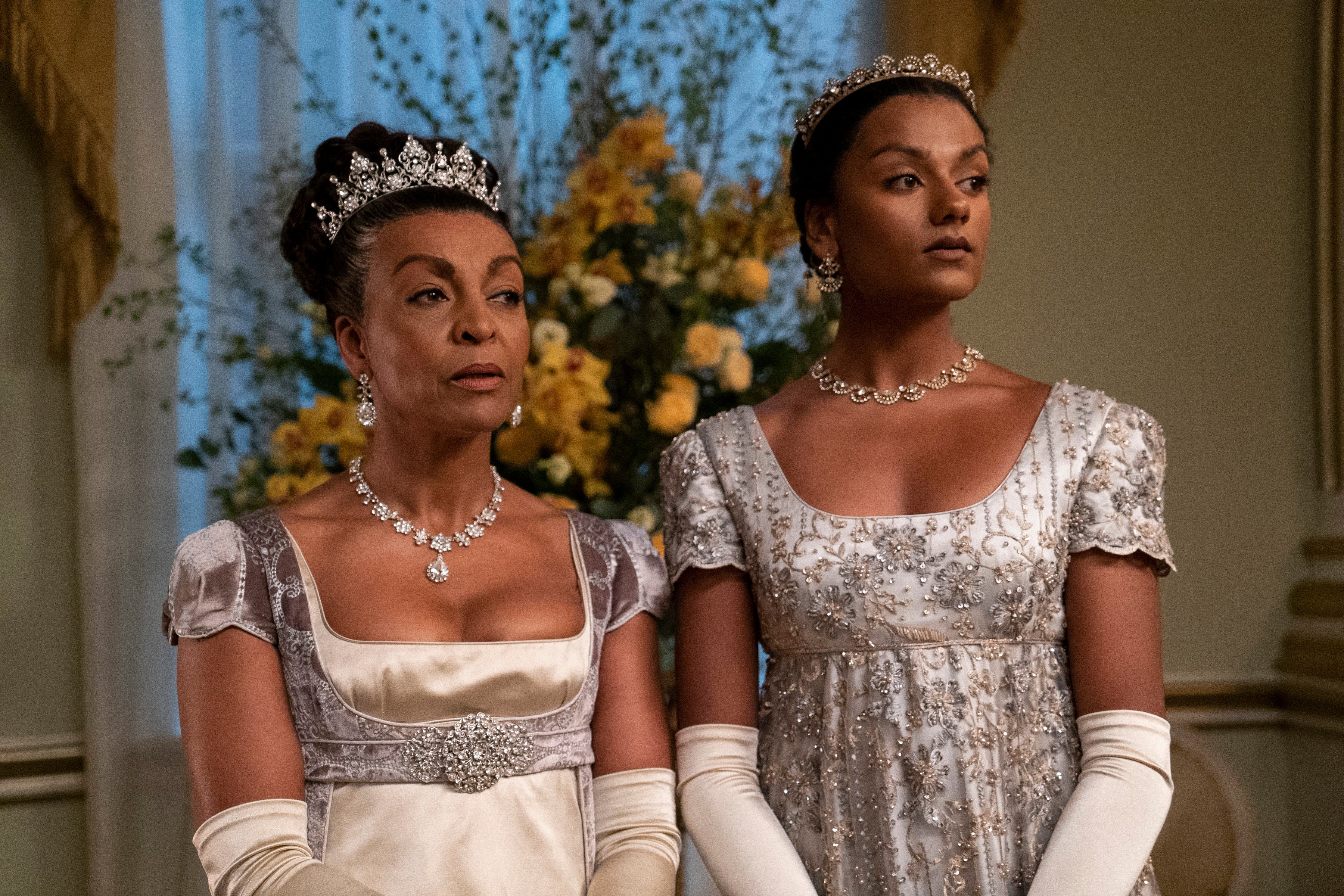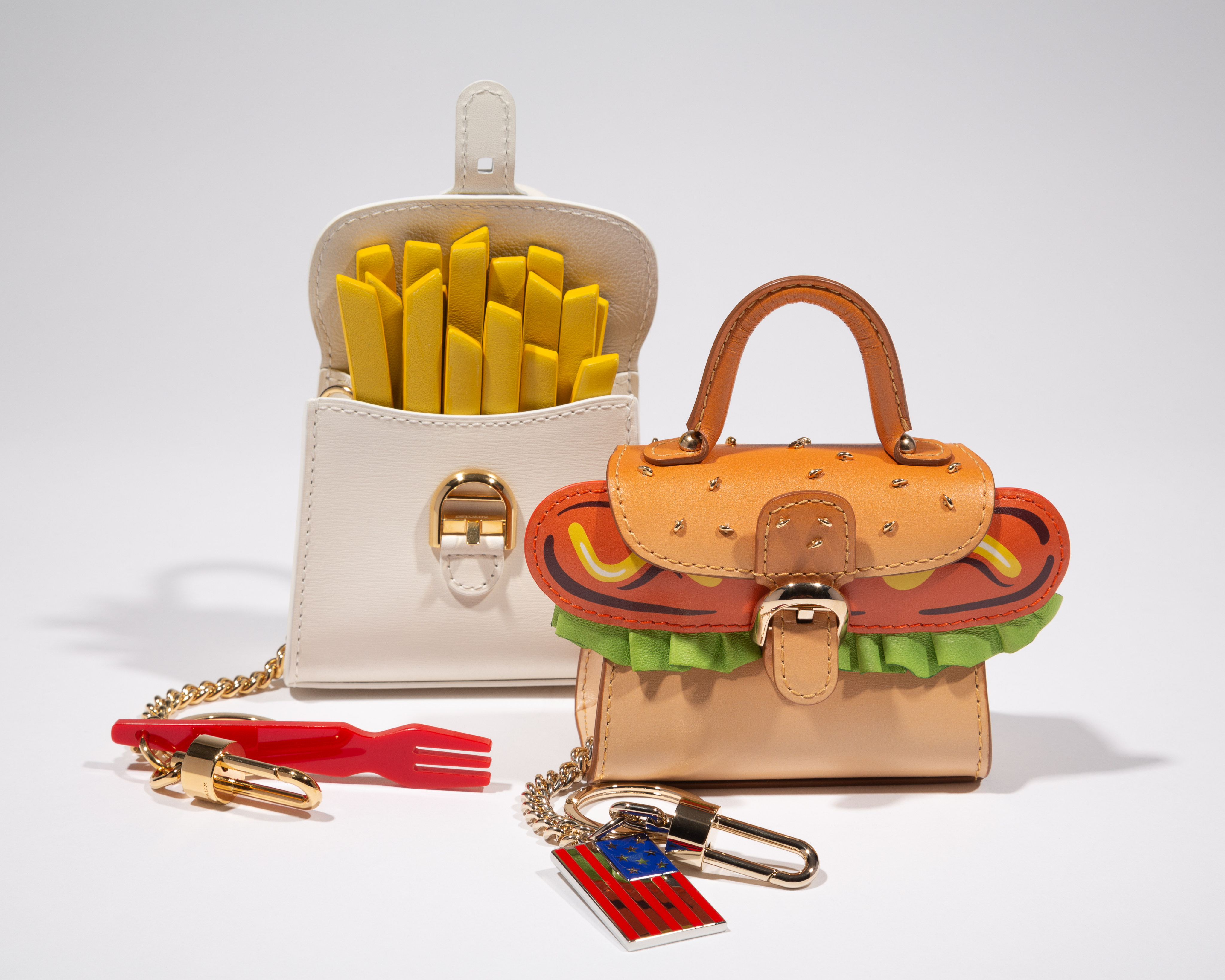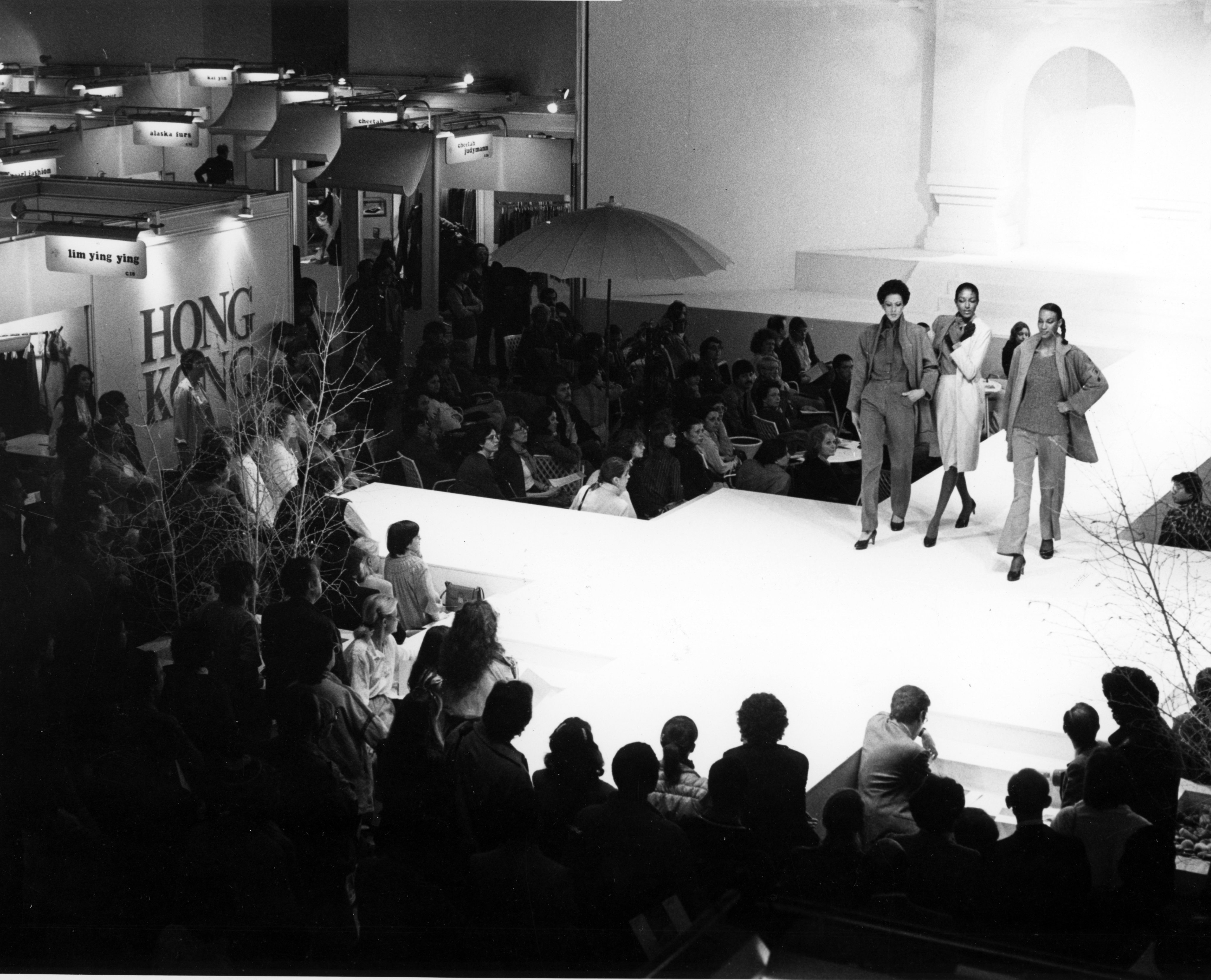Then & Now | Ready-to-wear fashion wasn’t always cheaper than bespoke – for women in Asia, clothes tailored by travelling couturiers were once the everyday choice
- Unlike today, when ready-to-wear fashion is generally cheaper than bespoke, women in Asia in centuries past would employ travelling tailors for household dresses
- These artisans would follow contemporary trends and use different fabrics to suit customer needs, at a time when standard-fit garments were the height of fashion

For those without personal memories of what older generations wore in earlier times, surviving period clothing helps us to better understand now-transformed domestic lifestyles.
Among the first items usually disposed of when someone dies, everyday garments are soon forgotten, unless something is retained for practical reuse, or for sentimental reasons by those with space to keep them.
Outfits that a person was photographed in were usually more formal, dress-up garments, rather than what was typically worn around the house or garden in everyday settings. If someone knew that a camera was lurking, they often asked not to be photographed until they’d changed into “something better”.
Consequently, photographic evidence for everyday household wear – especially in European contexts in Asia and Africa – was unusual until the 1930s.

From Kenya and Queensland to Malaya, Borneo and Hong Kong’s New Territories – wherever home sewing was the norm – period photographs reveal a surprising similarity in basic outfits worn by European women.











